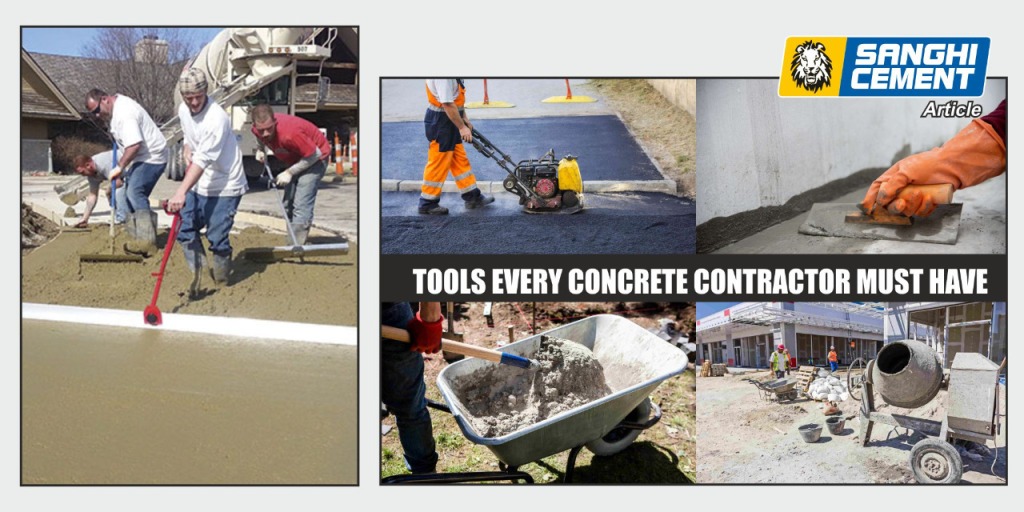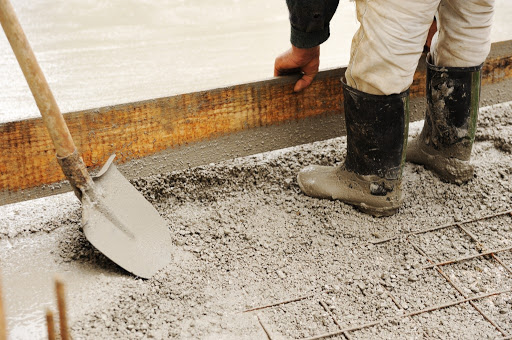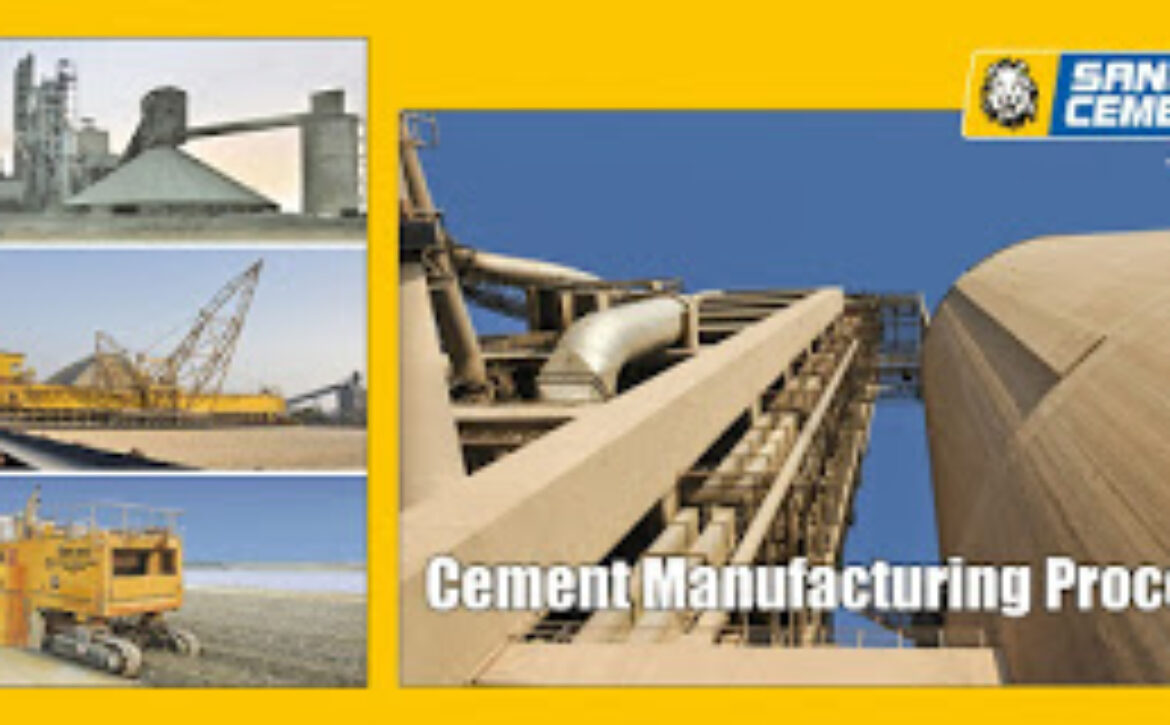New Technology for Concrete Testing
First let’s understand what is compressive strength and why testing is important?
Compressive strength is the ability of material or structure to carry the loads on its surface without any crack or deflection. A material under compression tends to reduce the size, while in tension, size elongates. Compressive strength depends on many factors such as water-cement ratio, cement strength, quality of concrete material and quality control during the production of concrete, etc.
The compressive strength of the concrete cube test provides an idea about all the characteristics of concrete. So it is important to carry out the test on the field. Many cement companies have started their mobile concrete van for site testing to serve better and its boon for Construction industry because cement and concrete are the key materials for construction. This mobile lab provides technology straight to you. Now we understand how tests to be done.
Firstly, this mobile concrete lab goes to the respective site. Then concrete samples have been taken and poured in the mould. Generally cubical mould of size 15cm x 15cm x 15cm are commonly used. 10cm X 10cm x 10cm can also be used that depends on the size of aggregate. Then poured concrete in the moulds are tempered so as not to have any voids. After 24 hours, moulds are removed and specimen are put in water for curing. By applying cement paste to the whole area of specimen we can get smooth and even surface and it is necessary to have it.
These specimens are tested by compression testing machine after seven days curing or 28 days curing. In this testing procedure load should be applied gradually at the rate of 140 kg/cm2 per minute till the specimens fails and value of load during the time of failure is noted. This load divided by the area of specimen gives the compressive strength of concrete.
………………………………………………………………………………………………………………………………….
Like us on Facebook :- https://www.facebook.com/SanghiCement
Follow us on Linkedin :- https://www.linkedin.com/company/sanghi-industries-ltd
Subscribe us on Youtube :- https://www.youtube.com/SanghiIndustries-Ltd
For any Inquiry visit :- http://www.sanghicement.com/inquiry-form
Contact us on Whatsapp :- +91-79-26838000


















